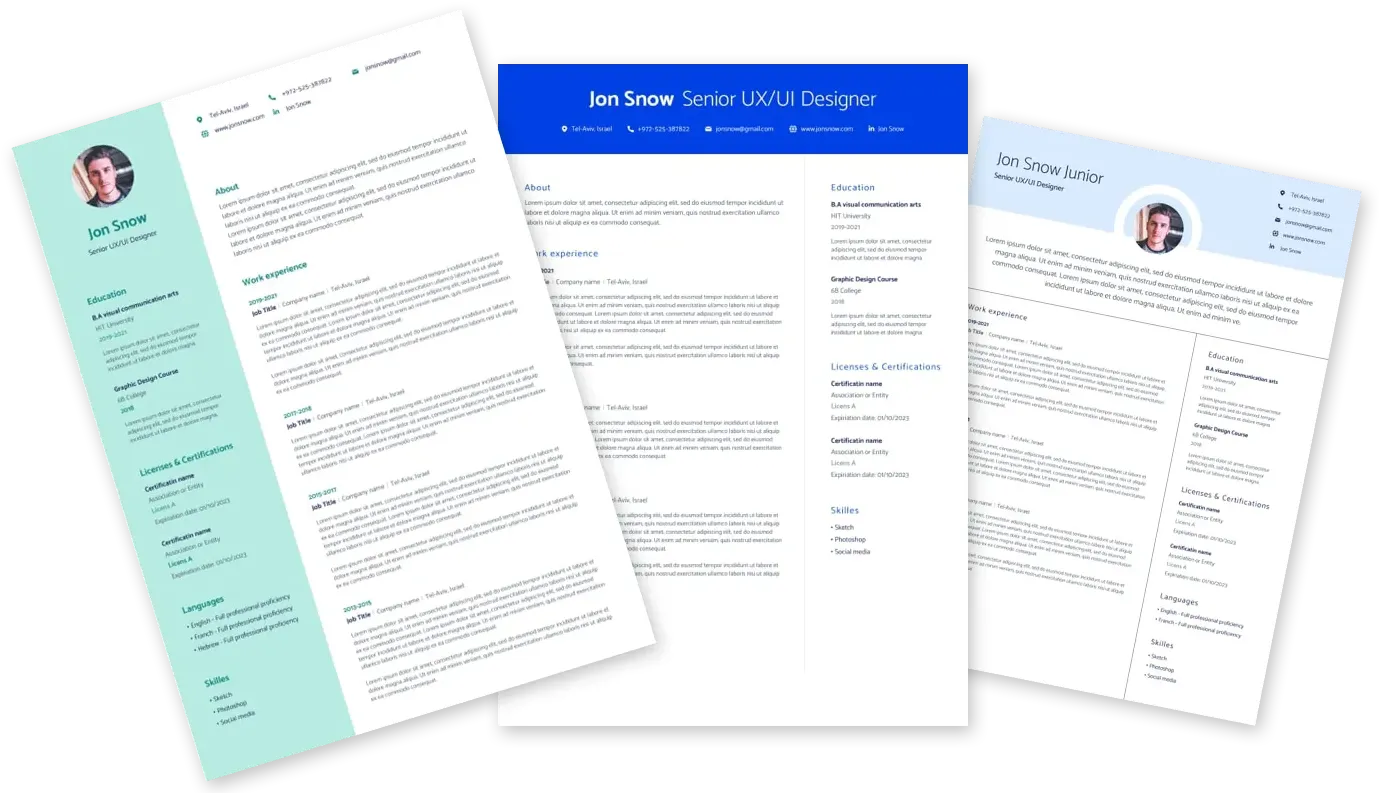
המקום בו המומחים והחברות הטובות ביותר נפגשים

Ebay Agentic Analytics Manager India, Karnataka, Bengaluru 490406780
09.12.2025
Help us build the next generation of AI-first analytics — tools that let anyone explore data insights, visualize results instantly, and understand the “why” behind the numbers. You’ll work across the stack, from React dashboards to analytical APIs, with a focus on insight delivery , data storytelling , and
evidence-based decision-making . You’ll bridge UX, data, and AI so that human questions become data-grounded answers in seconds.
What you’ll do
- Design analytical experiences: build intuitive React interfaces for exploring data, comparing metrics, and visualizing trends and causal drivers.
- Integrate AI-assisted analysis: connect front-end workflows to agentic pipelines that query, aggregate, and explain.
- Develop insight APIs: design FastAPI endpoints that return summaries, charts, and AI-powered diagnostics ready for human review or automation.
- Evaluate analytical quality: define success metrics such as relevance and latency; run tests to improve model-driven insights.
- Ensure interpretability: surface the underlying queries, data sources, and assumptions behind each result so users can validate and trust insights.
- Collaborate widely: partner with data science, PMs, and analytics to define metrics, shape evaluation frameworks, and iterate on user feedback.
- Maintain excellence: write tests, monitor performance, and ensure each release improves speed, clarity, and analytical correctness.
Key skills (must-have)
- Experience building self-serve analytics or decision intelligence platforms .
- React for data visualization and interactive exploration.
- Analytical APIs (e.g. FastAPI), data validation, and async retrieval.
- SQL / data modeling for metrics computation, and time series analysis.
- LLM/agent analytics (prompt design, RAG, evaluation, grounding).
- Data storytelling & visualization fundamentals — clear charts, tables, and contextual narratives.
- Experience measuring insight quality via evals, A/B tests, or golden datasets.
- Excellent communication — explain analytical logic, trade-offs, and findings clearly.
Nice to have
- Familiarity with databases, semantic layers, or retrieval systems.
- Background in UX for data visualization or analytical workflows.
- Familiarity with experiment frameworks, metrics stores, or statistical testing.
- Experience in software deployment (e.g. Kubernetes).
Analysts and stakeholders can ask complex questions in plain English, see grounded, visualised answers within seconds, and trust the insights enough to act on them. The product reduces time-to-decision, increases data confidence, and becomes a daily habit for decision-makers.
משרות נוספות שיכולות לעניין אותך
